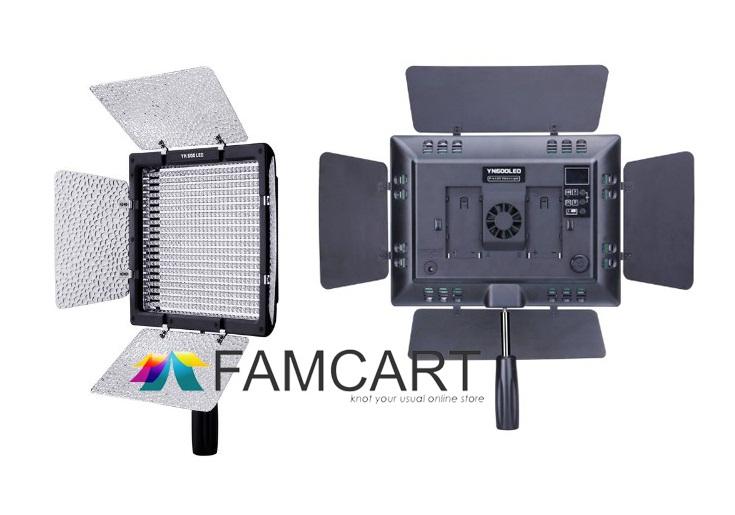I'm working full time in a large dermatological practice as a Clinical Research Coordinator. I take such pictures almost every day. I need to take pictures of acne, rosacea, psoriasis, skin cancer, Botox etc. patients. It can be just a small lesion or the entire face. The equipment varies from a very simple P&S to a Canon 1D III with EF 100mm macro lens. It depends which equipment is provided or requested by the pharmaceutical companies, which pay for the clinical trials.
The best results are achived when a fixed distance between the lens and the skin surface is guaranteed. The third party provider QuantifiCare has an image management solution, DermaPix®, which works with a Nikon APSC DSLR + kit lens on which two laser pointer are attached. It is a proprietary system. These weak laser pointers meet in a single point, which is projected on the patients face and which guarantees a fixed difference between the face and the lens. They work as a remote release two. Pictures are taken with flash and f11. The results are really good for this purose. We take whole face photos with it. But it requires a lot of training of the staff....
The French company Galderma offered the most sophisticated equipment so far. A Canon 1D III + macro lens was fixed in a mobile working station (with attached flat screen and pc). The patient has to put its whole head into a large soft box with 2 flashes. There are fixed points for the chin and forehead, so that the face is always in the right position. The results were outstanding but it took about 1 squaremeter of space and was used only for whole face photos.
IMHO a better P&S is more than enough for the job. For documentary, non-research purposes, we use only P&S cameras which every nurse can use without hours of training. The easier, the better. The results are seen only on a computer or laptop screen, so 10 million pixel are more than enough. Only out of cam JPEGs are saved in the original resolution in the digital file of the patient. This means pictures are transfered from the SD card and saved. That's it. All kind of skin conditions are documented like this, from open wounds to Botox treatments. This is done several times daily by the nurses on request of the physicians.
If the results should be much better than a P&S, get a crop DSLR + kit lens + short macro lens (EF-S 60mm as an example). Get 3 cheap tripods (1 for the cam, 2 for the flashes), a cheap ring flash, a large foldable background in blue or black, a wireless trigger, 2 receivers for 2 flashes (EX 430 or similar) attached to medium sized softboxes. It will take several squaremeters of space. For whole face shots they use the cam on the tripod + wireless triggers and softboxes. For macro shots the macro lens + ring flash. Train the staff well in its use. Write down everything - even how to turn on the camera.
Plan at least about 30-60 min of training for every single person who needs to operate such a complicated system involving a DSLR. For a P&S 15 min should do. It starts with "How to turn it on and how to hold correctly the camera?". Do a one-to-one training, not group trainings. Let them shoot for at least 15 min with the cam when they need to handhold the camera, e.g. macro shots. I do such trainings regularly, so I know what I'm talking about. It is complicated for a normal person. Even to operate a P&S in macro mode is complicated. I see it again and again with our nurses. For every new camera they get a new training from me. 7 nurses and 18 clinical trials at the moment mean a lot of trainings...
Best regards,
Robert

